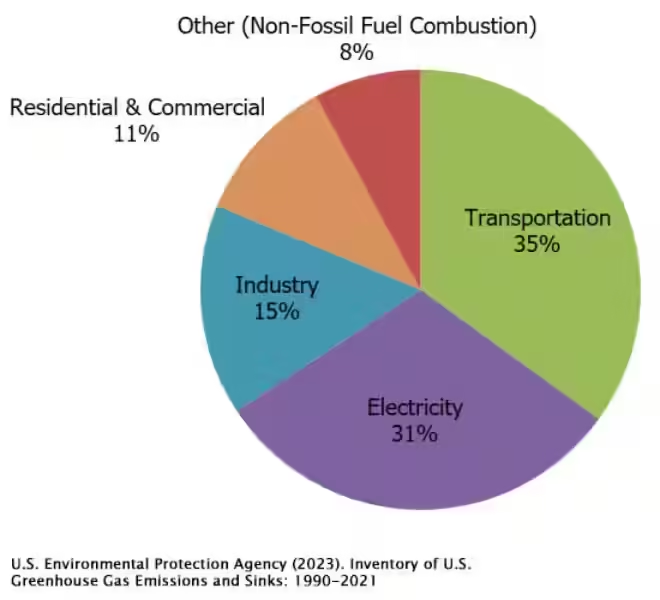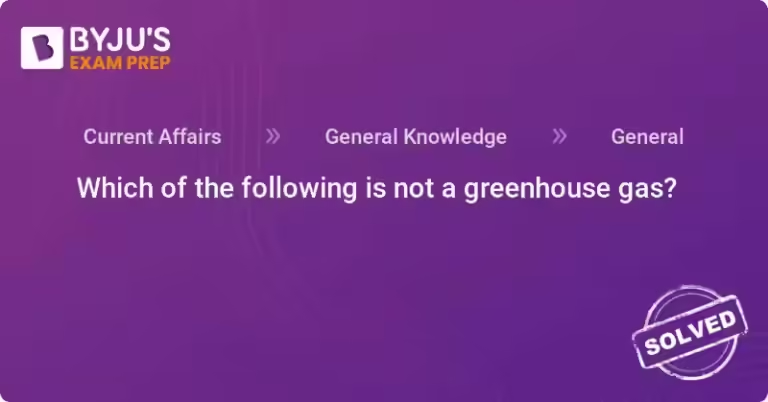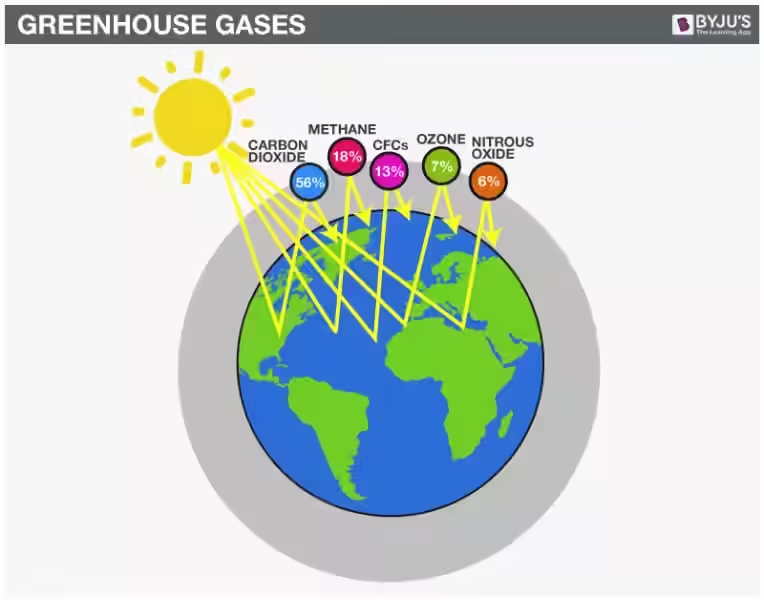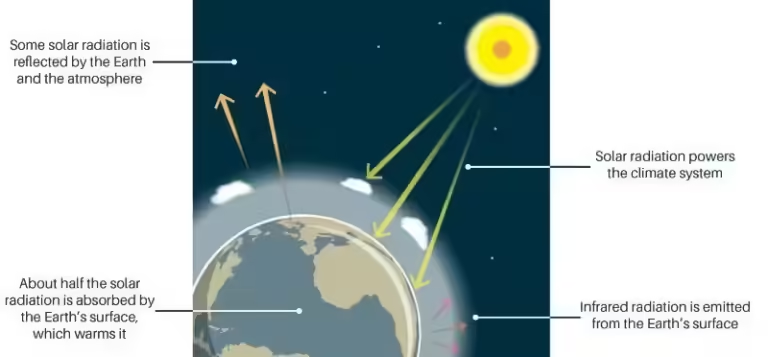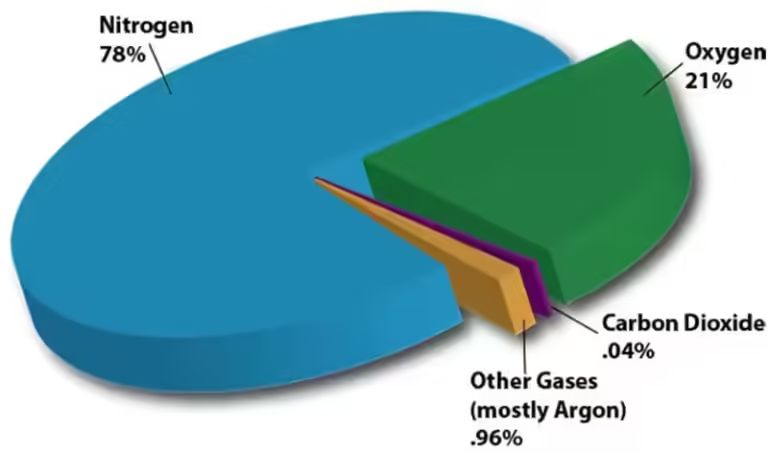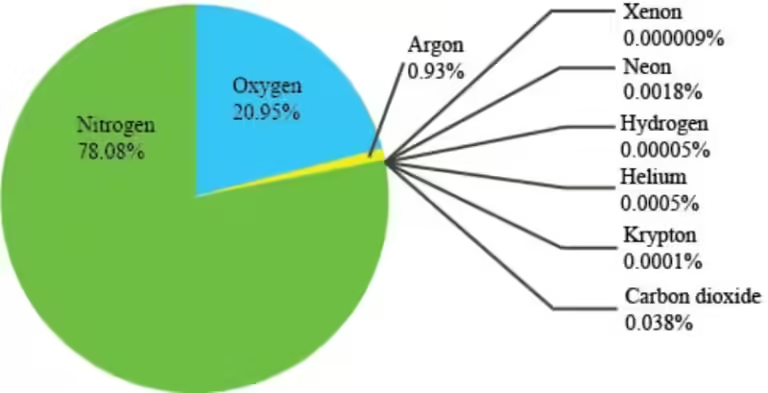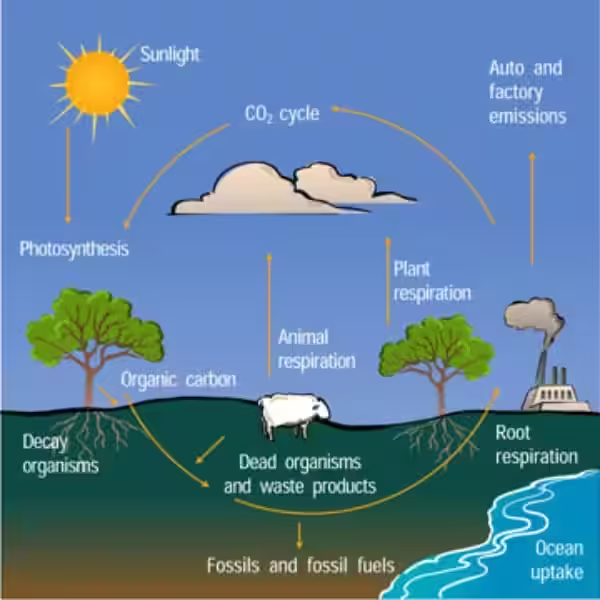Increased Atmospheric CO2 Concentrations Might: A Deep Dive into the Climate Crisis
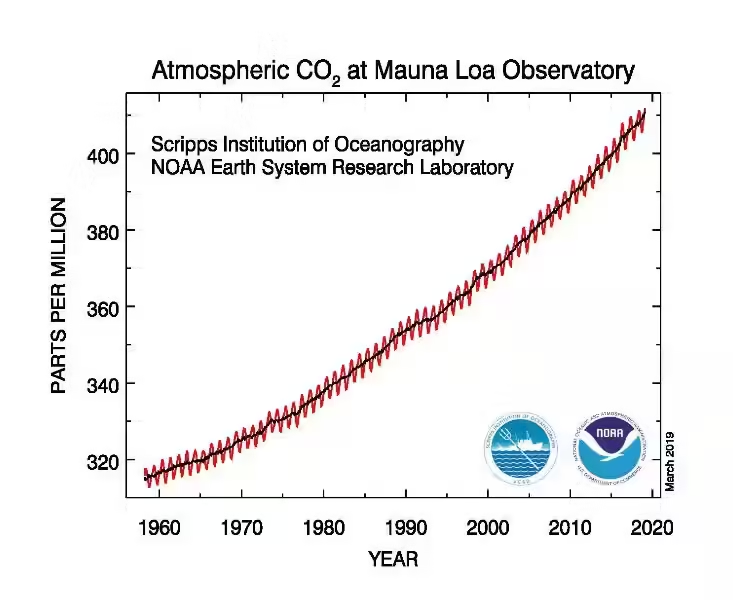
The Greenhouse Effect: A Natural Balance
The Earth's atmosphere is a delicate blanket, protecting us from the harshness of space. It contains a mixture of gases, including carbon dioxide (CO2), which plays a crucial role in regulating our planet's temperature. This is known as the greenhouse effect.
Imagine the Earth as a greenhouse. Sunlight enters, warming the inside. Some of this heat escapes back into space, but some is trapped by the greenhouse gases, like CO2, inside. This trapped heat warms the Earth, making it habitable.
Without the greenhouse effect, the Earth would be a frozen wasteland, unable to support life as we know it. The problem arises when the balance of these greenhouse gases is disrupted, leading to an enhanced greenhouse effect.
Human Activities: The Unintended Consequences
Since the Industrial Revolution, humans have been burning vast amounts of fossil fuels like coal, oil, and natural gas for energy. This process releases vast quantities of CO2 into the atmosphere, leading to a significant increase in its concentration.
This increase in CO2 levels is not a natural phenomenon; it is directly attributed to human activities. Deforestation, the clearing of forests for agriculture and other purposes, also contributes to increased CO2 levels by reducing the amount of vegetation that absorbs CO2 from the atmosphere.
The Consequences of Increased CO2: A Warming World
The enhanced greenhouse effect caused by increased atmospheric CO2 concentrations might lead to a cascade of negative consequences for our planet.
- Rising Global Temperatures: The increased heat trapped by the atmosphere leads to a gradual increase in global temperatures. This phenomenon, known as global warming, is already causing significant changes in our climate.
- Extreme Weather Events: As global temperatures rise, the frequency and intensity of extreme weather events like hurricanes, heatwaves, droughts, and floods are increasing. These events are causing widespread damage and disruption to human societies and ecosystems.
- Rising Sea Levels: As global temperatures increase, glaciers and ice sheets melt at an accelerated rate, contributing to rising sea levels. This poses a significant threat to coastal communities, infrastructure, and ecosystems.
- Ocean Acidification: The ocean absorbs a significant amount of CO2 from the atmosphere, leading to ocean acidification. This process makes it difficult for marine organisms like coral reefs and shellfish to survive, disrupting marine ecosystems.
The Need for Action: Mitigating and Adapting to Climate Change
The consequences of increased atmospheric CO2 concentrations might be severe, but it's not too late to act. We need to take a two-pronged approach to address the climate crisis:
- Mitigation: Reducing our emissions of greenhouse gases, including CO2, is crucial to slowing down the rate of climate change. This can be achieved through:
- Transitioning to renewable energy sources: Investing in solar, wind, and other renewable energy sources can help us move away from fossil fuels.
- Improving energy efficiency: Using energy more efficiently in our homes, businesses, and transportation systems can reduce our overall energy consumption and emissions.
- Promoting sustainable land use practices: Protecting forests, restoring degraded ecosystems, and adopting sustainable agricultural practices can help absorb CO2 from the atmosphere.
- Adaptation: We also need to adapt to the impacts of climate change that are already occurring. This involves:
- Building resilient infrastructure: Constructing buildings and infrastructure that can withstand extreme weather events.
- Managing water resources: Developing strategies to conserve water and manage water resources in the face of droughts and floods.
- Protecting vulnerable populations: Providing support to communities most vulnerable to the impacts of climate change, like those living in coastal areas.
The Future is in Our Hands: A Call to Action
Increased atmospheric CO2 concentrations might be a daunting challenge, but it's not insurmountable. By working together, we can mitigate the impacts of climate change and build a sustainable future for generations to come.
We all have a role to play in addressing this global issue. Whether it's reducing our personal carbon footprint, supporting policies that promote clean energy, or advocating for climate action, every effort counts. The future of our planet depends on it.
Frequently Asked Questions About Increased Atmospheric CO2 Concentrations
What is the relationship between increased atmospheric CO2 concentrations and climate change?
Increased atmospheric CO2 concentrations are the primary driver of climate change. CO2 is a greenhouse gas, meaning it traps heat in the Earth's atmosphere. Human activities, such as burning fossil fuels, have significantly increased the amount of CO2 in the atmosphere since the Industrial Revolution. This increase in CO2 levels is causing the Earth's average temperature to rise, leading to a range of climate change impacts.
What are the main impacts of increased atmospheric CO2 concentrations?
Increased atmospheric CO2 concentrations are causing the Earth's average temperature to rise. This warming is already having a wide range of impacts, including:
- More extreme weather events, such as heat waves, droughts, floods, and storms.
- Rising sea levels due to melting glaciers and ice sheets.
- Changes in plant and animal life, with some species being threatened or even going extinct.
- Ocean acidification, which can harm marine life.
What can be done to address the issue of increased atmospheric CO2 concentrations?
To address climate change, we need to reduce our emissions of greenhouse gases, including CO2. This can be achieved through:
- Transitioning to renewable energy sources, such as solar and wind power.
- Improving energy efficiency in homes, businesses, and transportation.
- Promoting sustainable land use practices, such as reforestation and reducing deforestation.
- Investing in research and development of new technologies to reduce emissions.
We also need to adapt to the impacts of climate change that are already occurring. This includes:
- Building infrastructure that is resilient to extreme weather events.
- Developing strategies to manage water resources in a changing climate.
- Protecting coastal communities from rising sea levels.

